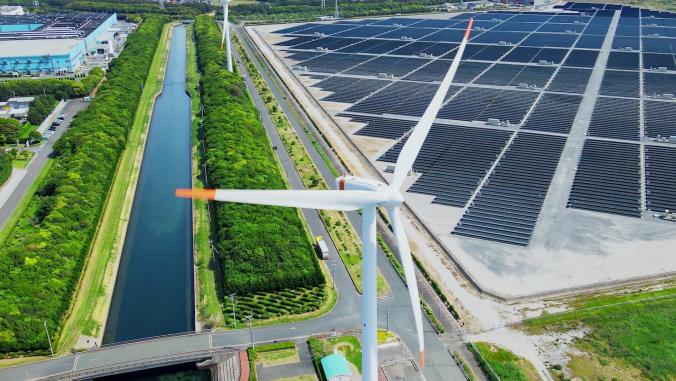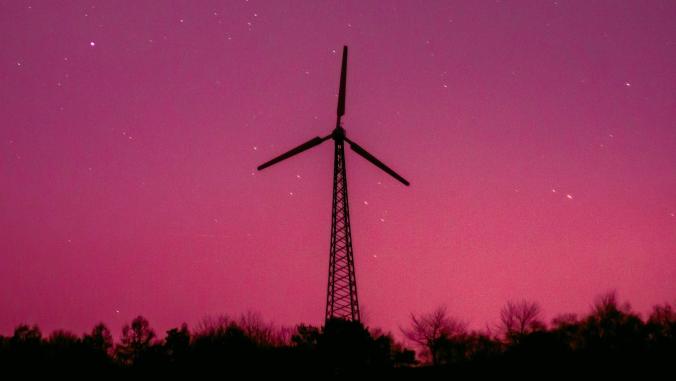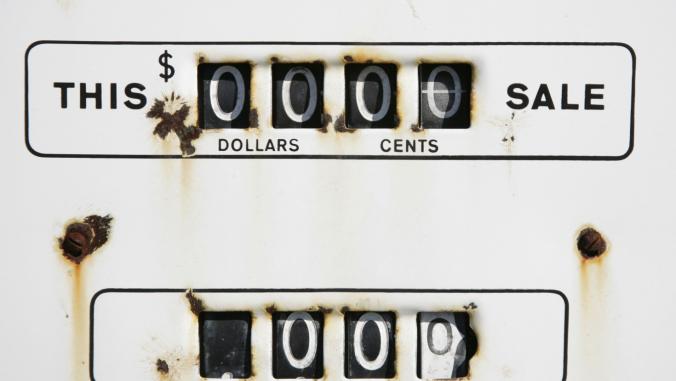The U.K. is the fourth most attractive country in the world for investing in renewable energy projects, according to EY's latest ranking, which estimates global renewables capacity investment surged to its second-highest level last year despite the disruption caused by the coronavirus crisis.
In 2020 global renewable energy capacity investments grew 2 percent to $303.5 billion worldwide, with money still pouring into the sector during a year heavily hit by the COVID-19 pandemic, according to EY's 57th Renewable Energy Country Attractiveness Index.
However, the consultancy giant warned renewables investment figures still need to rise significantly in order to finance the net-zero energy transition over the coming decades, estimating that further investment of $5.2 trillion is still required, with institutional investors expected to play a key role.
The latest edition of the influential report came the same day as the the International Energy Agency's (IEA) released its landmark net-zero roadmap report, which similarly estimated that around $5 trillion of annual investment in energy, transport and industry is needed to decarbonize the global energy system in line with Paris Agreement goals.
EY's latest Index ranks the U.K. as the fourth most attractive destination for investing in renewables, having jumped one place higher since last year following a number of key policy announcements and clean energy auctions.
All nations must urgently set actionable near-term targets, rather than kicking the can down the road. There is not much road left.
In February, The Crown Estate concluded its Round 4 seabed leasing round having granted developers the rights to provide just under 8GW of new offshore wind capacity across six projects, while recent enhanced emissions targets for 2030 and 2035, as well as the government's forthcoming Net Zero Strategy, also have helped to boost interest from investors, according to EY.
Elsewhere, the U.S. retained its top position on the Index and EY said investment there is expected to surge further following the country's return to the Paris Agreement and President Joe Biden's focus on green infrastructure investment in support of his goal to operate a carbon-free grid by 2035.
China remains in second place in the Index, having added 72.4GW of new wind power last year, while India sits just behind in third position after rising one place from the previous year amid expectations of a major solar power boom in the country.
Ben Warren, chief editor of the Index and EY's global power and utilities corporate finance leader, suggested that despite the economic disruption caused by the pandemic investor interest in clean energy continued to increase last year.
"The impact of COVID-19 on economies across the globe seems to have refocused investors' minds on the environmental, social and corporate governance agenda and there is a growing trend of considering the climate crisis and the energy transition when deploying capital," he said. "As a result, interest in renewable energy has risen among institutional investors who have pledged to incorporate climate-risk concerns into their decision-making processes. This increasing appetite for suitable investments is driving a number of new investment strategies amongst institutional capital to better align risk and return between sponsors and investors, or to help locate opportunities that satisfy their specific risk and return expectations."
Meanwhile, EY said the critical COP26 Climate Summit scheduled to take place in Glasgow later this year could help further close the gap between what governments have promised to do and the level of action they have undertaken to date, which could help boost global clean energy investment.
But the report also warned that newer, less established technologies such as green hydrogen still required significant funding and regulatory support to bring them to scale, make them cost-competitive, and capitalize on their "great potential."
Arnaud de Giovanni, EY's global renewables leader, said the past year had seen a "clear shift away from fossil fuel investment" from institutional investors, but that committed action from delegates at COP26 in November was critical to "ensure the legacy of the Paris Agreement is brought to fruition."
"The leading developed nations must honor existing promises to deliver $100 billion per year in climate financing for developing nations, and all nations must urgently set actionable near-term targets, rather than kicking the can down the road," he said. "There is not much road left."






